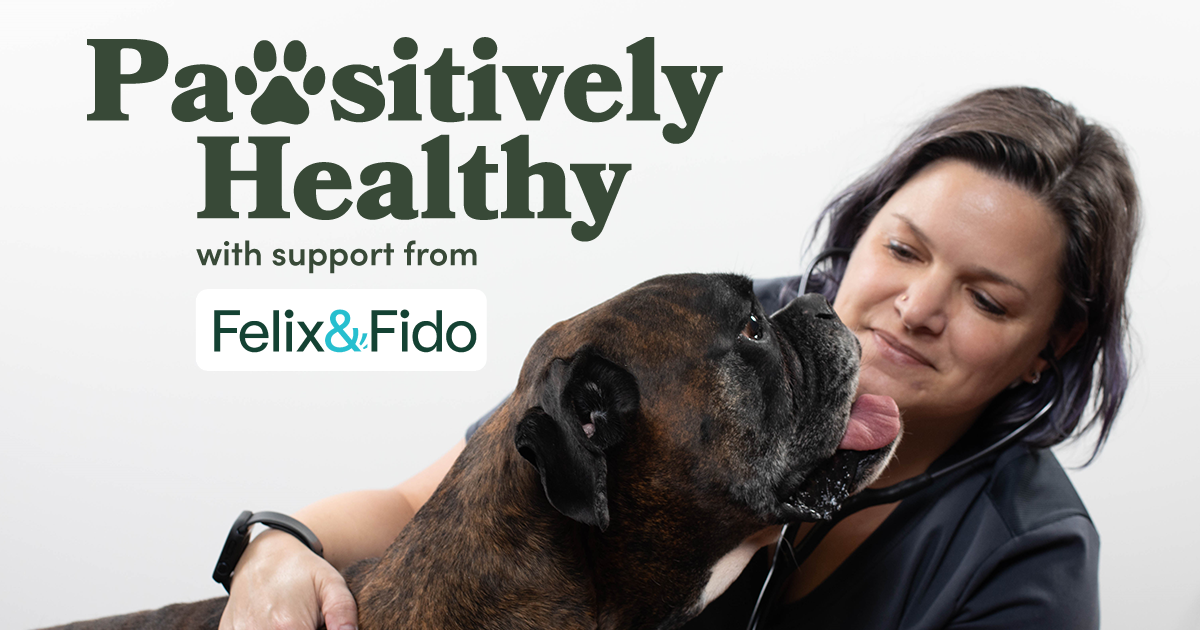
Unsocialized, fearful, anxious. These are adjectives used more and more when describing canine behavior. While each individual dog has their own personality, experiences and triggers that contribute to these behaviors, there are some overarching concepts that may help to prevent and manage fear and anxiety for dogs.
The pandemic saw an explosion of fearful and anxious dogs, illustrating what happens to behavior when dogs don’t become socialized at a young age to people and other dogs. These pets grew up with their only experience being their home and human families. When finally outside of this bubble, and introduced to dogs or other people, these new experiences often resulted in confusion, anxiety and fear.
The window of socialization for puppies occurs between 4 and 14 weeks of age. During this time, it’s important to expose them to different items, situations, people and dogs they will be around in their lives.
It’s also important to make sure these experiences are positive with lots of treats and praise. If your puppy has a negative experience, it’s important to “get back on the horse” and not let it become their only memory of the situation. We need to flood them with additional positive experiences, so they learn not to remain fearful.
Since this period of time occurs when puppies are getting vaccines and building immunity, it’s critical we don’t put them in scenarios where potential risk outweighs benefit. For example: a trip to the dog park for a puppy carries high risk of exposure to parasites, infectious disease or a negative interaction with another dog. However, a playdate in the backyard with dogs known to be healthy, up to date on vaccines and not aggressive is low risk.
Many people (myself included) view their dogs as members of the family, but we can’t forget they aren’t small, non-verbal humans. Dogs are pack animals, and in certain situations, what they need are pack leaders rather than “moms” or “dads.” There are times we need to practice a little tough love for our dogs instead of coddling them.
For example: we often have to do things at the veterinary clinic that are necessary, but dogs don’t enjoy (temperature, vaccines, etc.). If a pet parent is feeling anxious about the visit, the dog feels it and will also respond with anxiety. If dogs are told “it’s ok” when they are behaving nervously, the fearful behavior is positively reinforced.
In these moments, they need us to step out of our pet parent role and into the role of pack leader. We provide them with a “you got this” attitude. We are supportive but firm with them, giving commands like “wait” or “stay,” and reward cooperation with treats and/or lots of praise. If you are calm and confident, your dog is more likely to respond in the same way.
Another thing to consider is most bog breeds were bred for a purpose. Dogs used to have jobs. By having things to do and expectations to fulfill, dogs gain confidence and expend both physical and mental energy. Many of our dogs have nothing expected of them, and in some instances, this contributes to anxiety, boredom and destructive behavior.
Ideas for providing outlets for this physical and mental energy are obedience training, agility training and puzzle toys. It can even be something as simple as making them “work” for food or other privileges by requiring them to do a series of commands before they get to eat, go outside or come up on beds/couches.
By taking into account the social order that dogs came from and what traits were selected for their breeds, we can help with managing their needs and making them happy, well-adjusted family members.
My name is Dr. Heather Smith and I have been a small animal veterinarian in the greater Seattle area for 20 years. I am medical director and veterinarian for Felix&Fido – Issaquah. We are reinventing veterinary care by utilizing technology and leveraging the talents of our DVMs, LVTs and assistants in a way that supports and honors pets, pet parents and the veterinary care team. We look forward to serving you!
Felix&Fido Pet of the Month Photo Contest
Submit a photo of your pet for the chance to win Pet of the Month and a prize from Felix&Fido.





